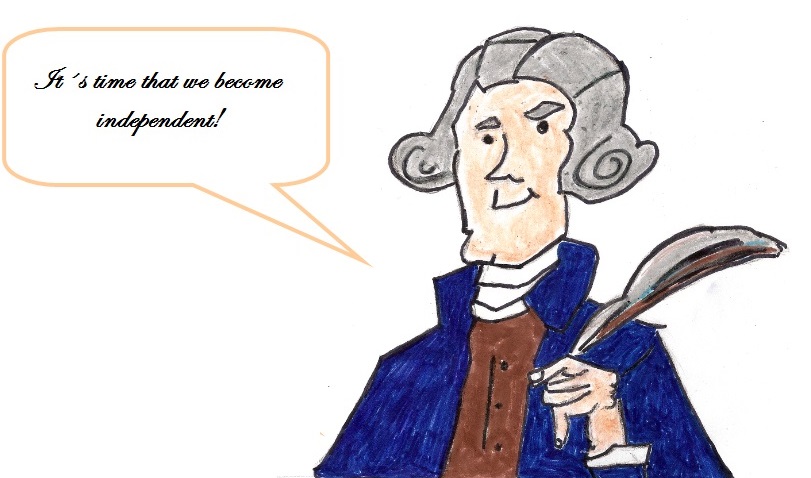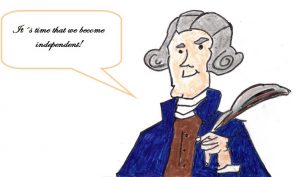Ah, it’s that time of the year again! The air is full of the scent of gingerbread and mulled wine, cinnamon, cloves, nutmeg, fir trees and Christmas… Wait! Oh gosh, I forgot to buy the last presents! If you recognize yourself in this scenario, don’t panic. I’ve got some ideas that will not only help you to find a last-minute gift but also involve a bit of fun…
The time is running out…
Only four days left until Christmas Eve and you have to buy some last-minute gifts for your family and friends. So it begins… hustling through the crowded shops with thousands of stressed-out shoppers who – yes, you got it – have forgotten to buy them, too. Doesn’t sound like much fun, does it?
Augsburg’s Christmas market – something for everybody
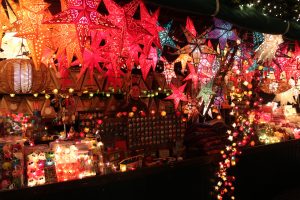
But lucky you, in Augsburg there’s the annual Christmas market, called Christkindlesmarkt by Auxburger. There are plenty of things to do and buy! On entering, you’ll see all kinds of booths which have even more products waiting. There are, for example, some stalls with beautiful ornaments for your Christmas tree, some of them 100 per cent handmade; and if your tree also needs some lighting, there’s another booth which sells fairy lights in various fancy designs.
If you’re more into decorating a Christmas crib, you won’t be disappointed either! There are a million ways to give your grandma’s old one a complete update. For the more spiritual among us, there are stalls that offer all kinds of angel figurines, too. If you have kids, a trip to the Christmas market will probably make their eyes light up like the star of Bethlehem. At the Moritzplatz tram stop, there’s a tiny children’s Christmas market for your little ones. It even has a little merry-go-round! And at the main market, they can write Santa a letter at the postal office.
Countless ways to satisfy your hunger
After you’re done with your last-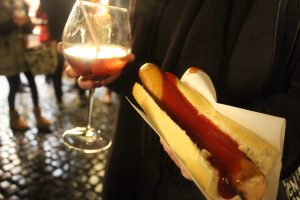 minute shopping, you’ll certainly be hungry. No problem, because food is everywhere! So-called Weihnachtsfladen (similar to Lángos), a breadroll filled with sausages, all kinds of sweet dishes and candy are only a few examples of what makes your mouth water when only reading about it. My tip: try out the so-called Dampfnudel, if you haven’t already! The vanilla sauce tastes yummy! The market is also famous for all kinds of hot alcoholic beverages, but the most famous one is mulled wine. As an alternative for the kids and those who don’t drink, children’s punch is a big deal as well!
minute shopping, you’ll certainly be hungry. No problem, because food is everywhere! So-called Weihnachtsfladen (similar to Lángos), a breadroll filled with sausages, all kinds of sweet dishes and candy are only a few examples of what makes your mouth water when only reading about it. My tip: try out the so-called Dampfnudel, if you haven’t already! The vanilla sauce tastes yummy! The market is also famous for all kinds of hot alcoholic beverages, but the most famous one is mulled wine. As an alternative for the kids and those who don’t drink, children’s punch is a big deal as well!
Let this thoughtful time come to its finest
As you can see, there are many ways to either get your missing gifts or just spend the evening getting into the Christmas spirit. Try not to waste these last few days in a state of exhaustion!
Happy holidays! 😊
Author: Denise Bieber | Pictures: Katharina Dück

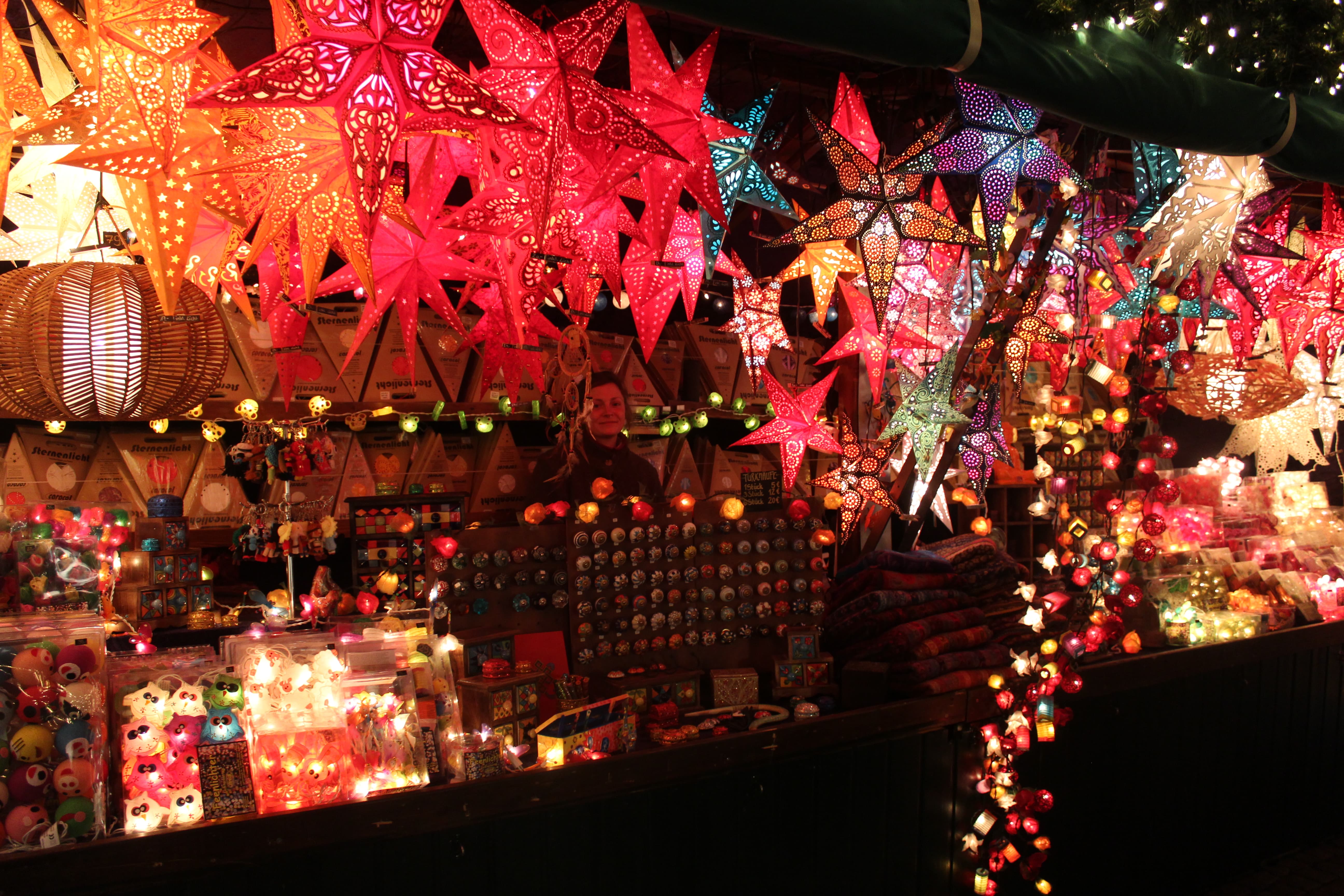
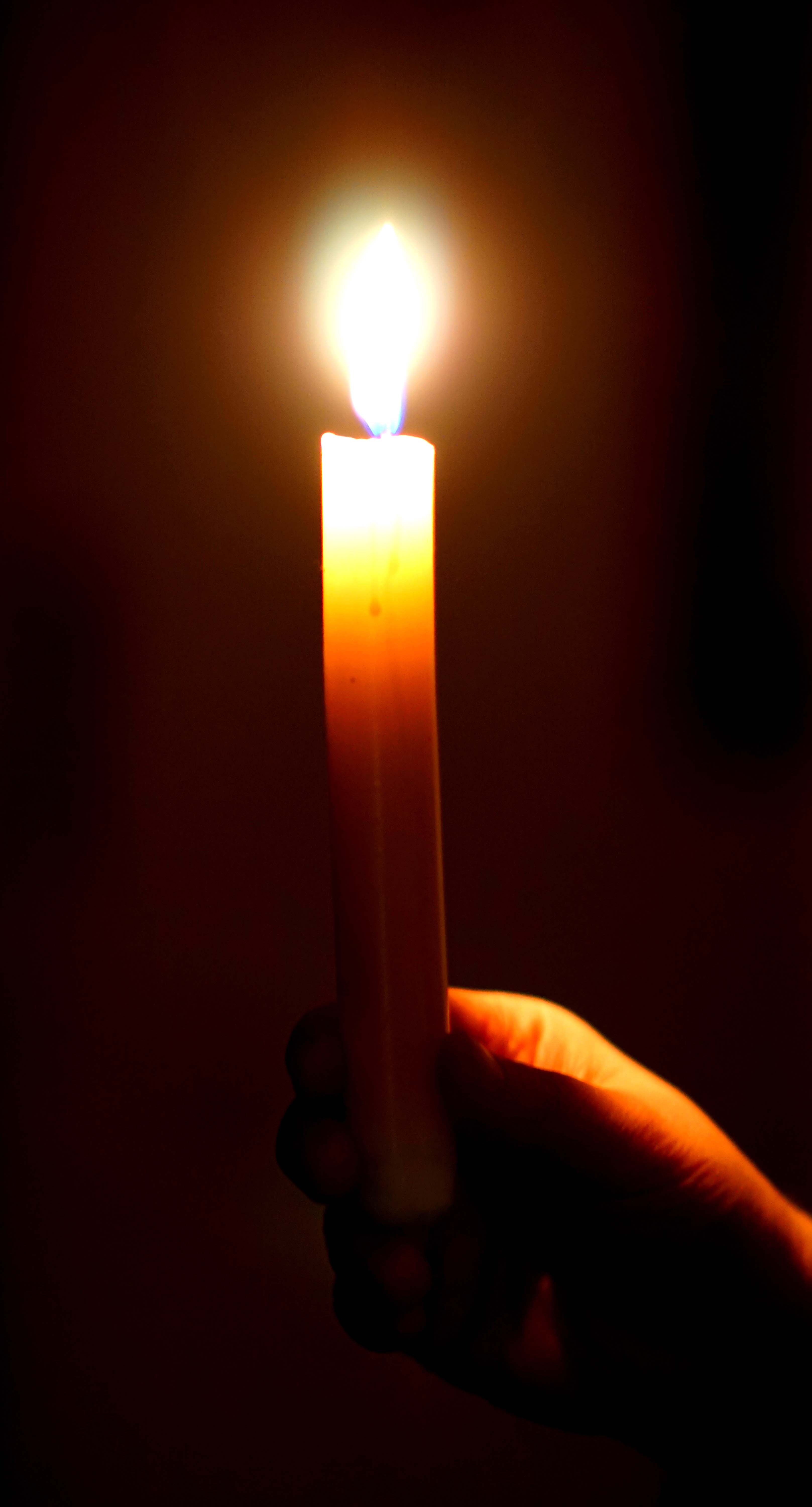
 Idag är Lucia inte någon särskilt religös högtid längre, utan snarare en fest för familjer och barn. De viktigaste symbolerna är vita kläder som barnen har på sig, samt ljus som bär i sina händer och på huvudet. Vanligtvis börjar Luciadagen tidigt på morgonen, hemma hos familjer, och forstätter i skolor, på dagis, universitetet och arbetsplatser. Hemma är det den äldsta dottern i familjen som är Lucia. Hon är klädd i en vit klänning med rött sidenband runt midjan och bär en krona med levande ljus på huvudet. Alla andra tjeierna följer henne som ”tärnor”. Tärnorna bär
Idag är Lucia inte någon särskilt religös högtid längre, utan snarare en fest för familjer och barn. De viktigaste symbolerna är vita kläder som barnen har på sig, samt ljus som bär i sina händer och på huvudet. Vanligtvis börjar Luciadagen tidigt på morgonen, hemma hos familjer, och forstätter i skolor, på dagis, universitetet och arbetsplatser. Hemma är det den äldsta dottern i familjen som är Lucia. Hon är klädd i en vit klänning med rött sidenband runt midjan och bär en krona med levande ljus på huvudet. Alla andra tjeierna följer henne som ”tärnor”. Tärnorna bär 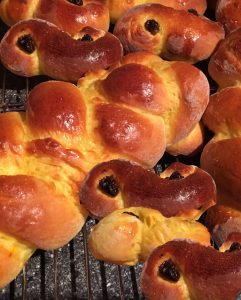 Namnet ”lussekatt” består av två delar: Lusse är en alternativ benämning på Lucia. A
Namnet ”lussekatt” består av två delar: Lusse är en alternativ benämning på Lucia. A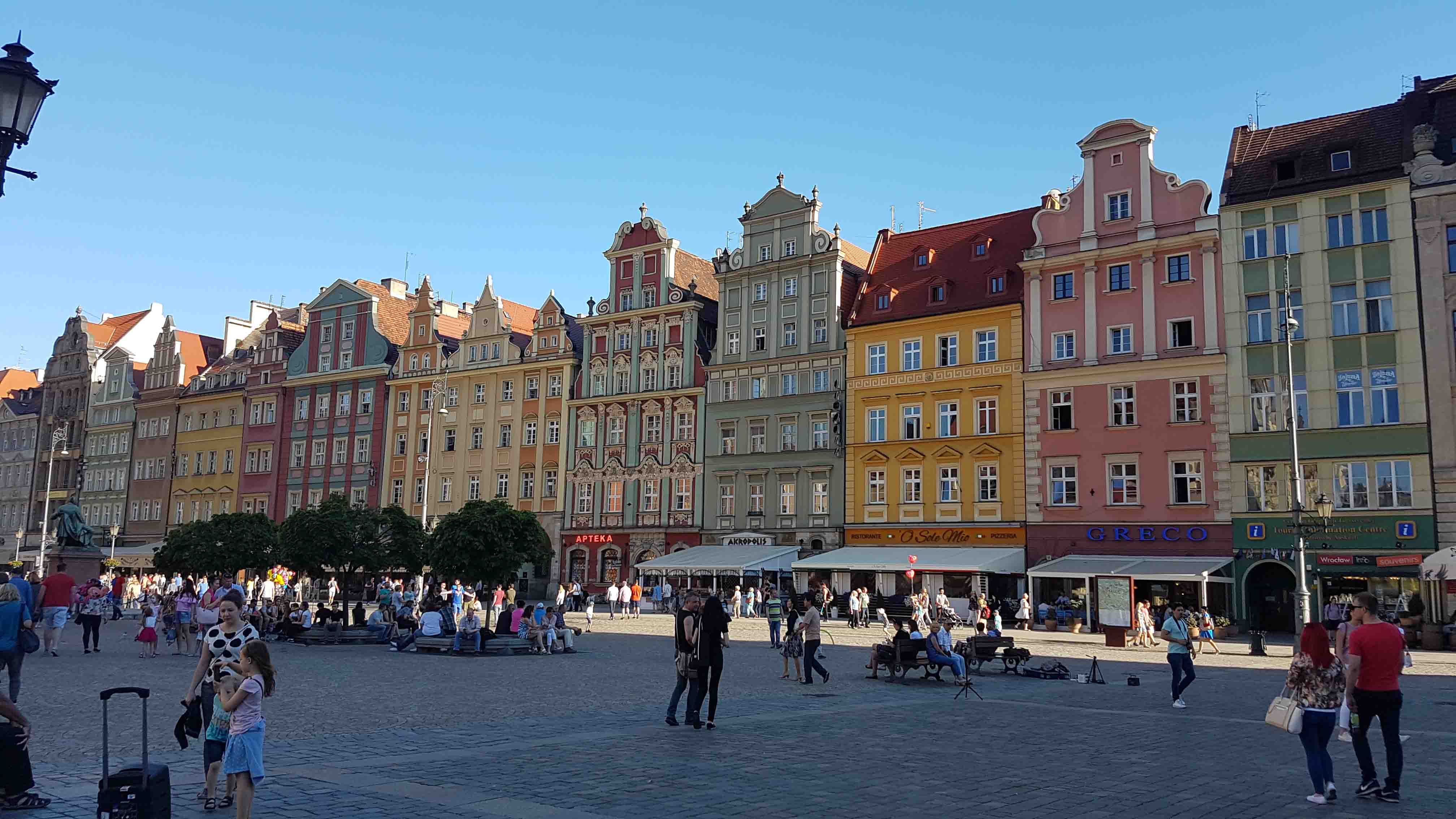
 You might be asking yourself why, of all great cities in Europe, I chose to write about Wroclaw. Although I was born in Warsaw and grew up in Germany, I’ve spent all my summers in Wroclaw with my grandparents. The city has always meant a lot to me and I feel like it’s not getting enough recognition, especially among younger people. If you’re planning to visit Poland some time, and have Warsaw or Gdansk in mind, let me tell you that Wroclaw is a much better alternative and has a lot more to offer, especially for university students.
You might be asking yourself why, of all great cities in Europe, I chose to write about Wroclaw. Although I was born in Warsaw and grew up in Germany, I’ve spent all my summers in Wroclaw with my grandparents. The city has always meant a lot to me and I feel like it’s not getting enough recognition, especially among younger people. If you’re planning to visit Poland some time, and have Warsaw or Gdansk in mind, let me tell you that Wroclaw is a much better alternative and has a lot more to offer, especially for university students. 724 kms north-east of our beloved Augsburg lies a city packed with culture, delicious food, craft beer and dwarfs. Dwarfs? Why yes one of Wroclaw’s trademarks is little dwarf statues, which are spread all around the city. They can serve as a guideline to explore the city or just be stumbled upon while walking around freely. Just make sure to keep an eye out for them.
724 kms north-east of our beloved Augsburg lies a city packed with culture, delicious food, craft beer and dwarfs. Dwarfs? Why yes one of Wroclaw’s trademarks is little dwarf statues, which are spread all around the city. They can serve as a guideline to explore the city or just be stumbled upon while walking around freely. Just make sure to keep an eye out for them. Summer is one of the best times to travel and explore new cities, but what if it gets too hot? Well worry not, there are a lot of different ice-cream shops around the city, among them Ice Rolls Wroclaw. Made right before your eyes, the fresh, creamy deliciousness will not only cool you down but make you enjoy ice cream in an entirely new way.
Summer is one of the best times to travel and explore new cities, but what if it gets too hot? Well worry not, there are a lot of different ice-cream shops around the city, among them Ice Rolls Wroclaw. Made right before your eyes, the fresh, creamy deliciousness will not only cool you down but make you enjoy ice cream in an entirely new way.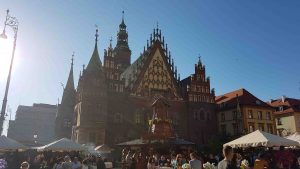
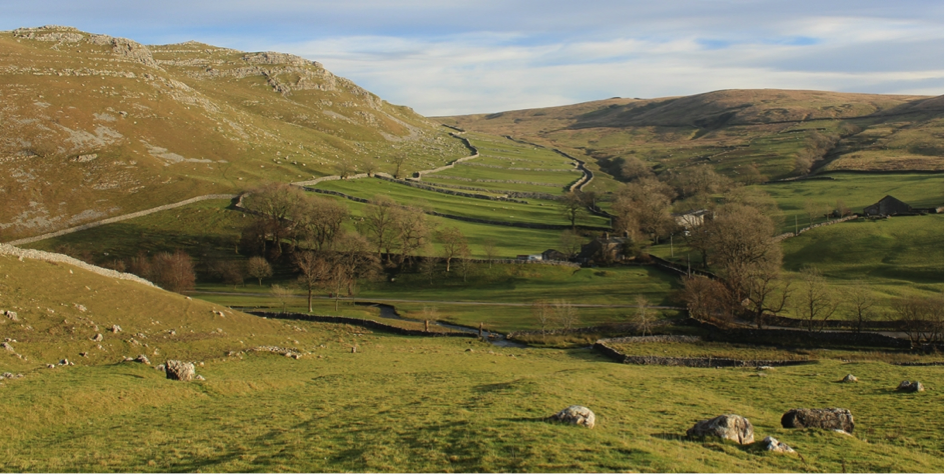
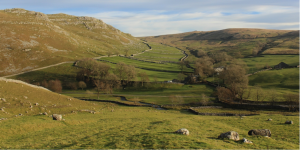

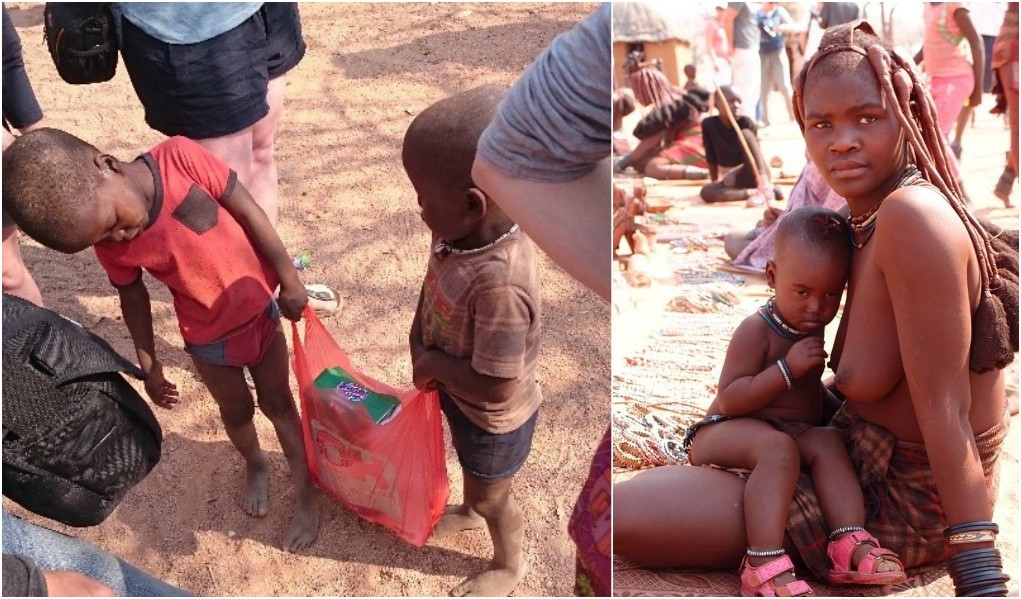
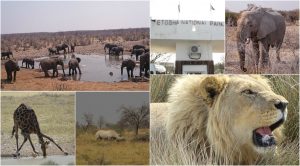




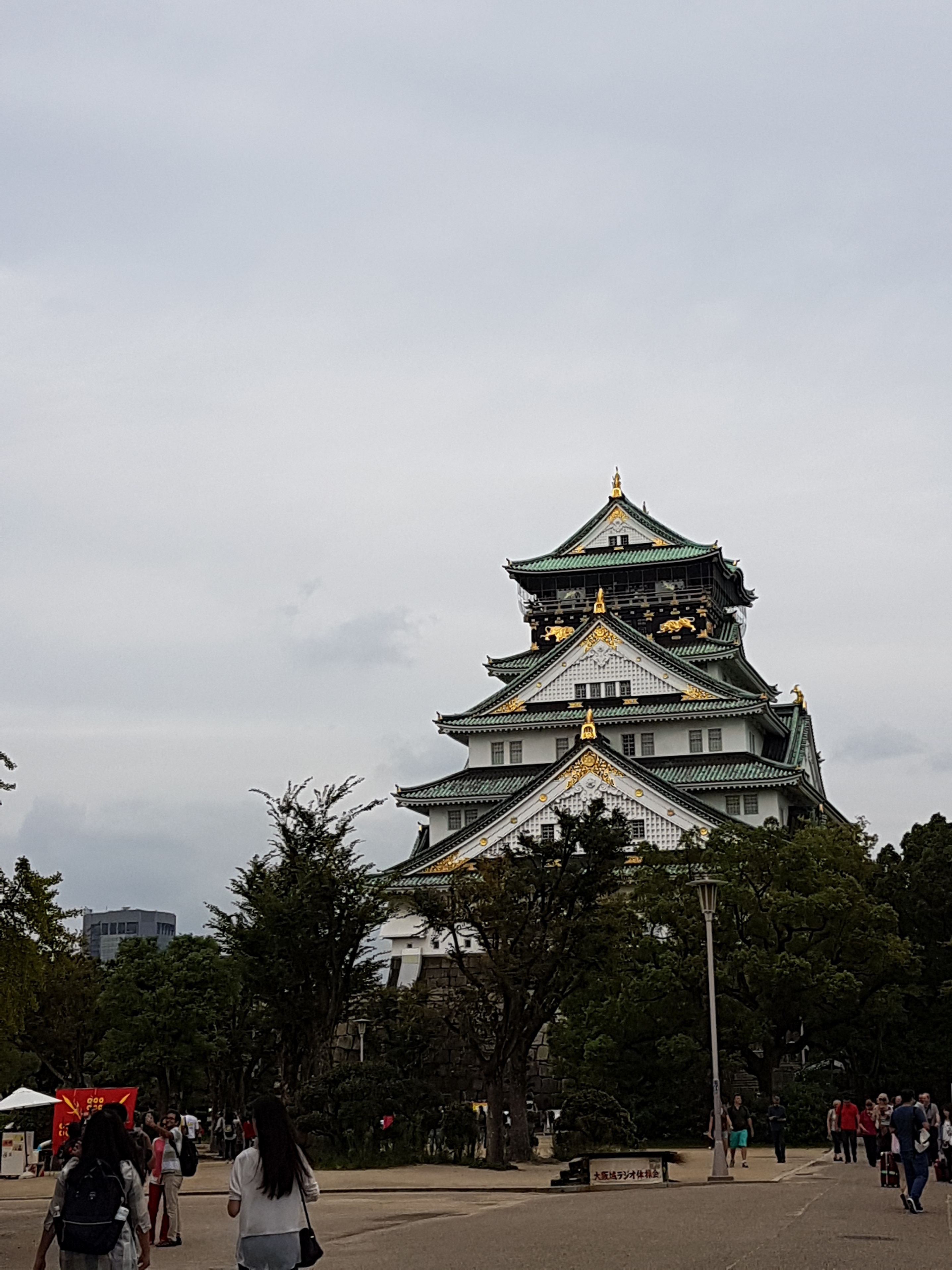
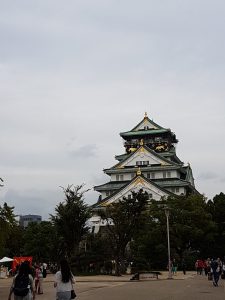 Can you remember playing Yu Gi Oh! or watching Pokemon, Naruto or Biene Maya after school? Known as the Japanese interpretation of comics and their animated version, anime and manga become famous in the 70s in Germany. Despite massive criticism of the violence by some people, it seems manga and anime are made for kids. However, only some anime are just for kids because there are topics and stories for all ages. While Biene Maya and Pokemon try to teach kids friendship, loyalty and honesty, others are meant for grownups and tell us something about our sometimes harsh and cruel world. They‘re very important methods for teaching values.
Can you remember playing Yu Gi Oh! or watching Pokemon, Naruto or Biene Maya after school? Known as the Japanese interpretation of comics and their animated version, anime and manga become famous in the 70s in Germany. Despite massive criticism of the violence by some people, it seems manga and anime are made for kids. However, only some anime are just for kids because there are topics and stories for all ages. While Biene Maya and Pokemon try to teach kids friendship, loyalty and honesty, others are meant for grownups and tell us something about our sometimes harsh and cruel world. They‘re very important methods for teaching values. to eat dangerous things like fugo (pufferfish) and awabi (ear shells).If you go to Japan, you won’t find many restaurants serving this kind of food. Only a few selected cooks with a special qualification are allowed to serve these dishes. Apart from this, the most famous dishes are donburi, rice with a variety of toppings and karê-raisu (curry with rice).
to eat dangerous things like fugo (pufferfish) and awabi (ear shells).If you go to Japan, you won’t find many restaurants serving this kind of food. Only a few selected cooks with a special qualification are allowed to serve these dishes. Apart from this, the most famous dishes are donburi, rice with a variety of toppings and karê-raisu (curry with rice). So, clichés sometimes have a core of truth, but in order to tell the differences between the truth and generalisations, it might be a good idea to travel to different places. Every single country is uniquein its own way – datte bayo!
So, clichés sometimes have a core of truth, but in order to tell the differences between the truth and generalisations, it might be a good idea to travel to different places. Every single country is uniquein its own way – datte bayo!